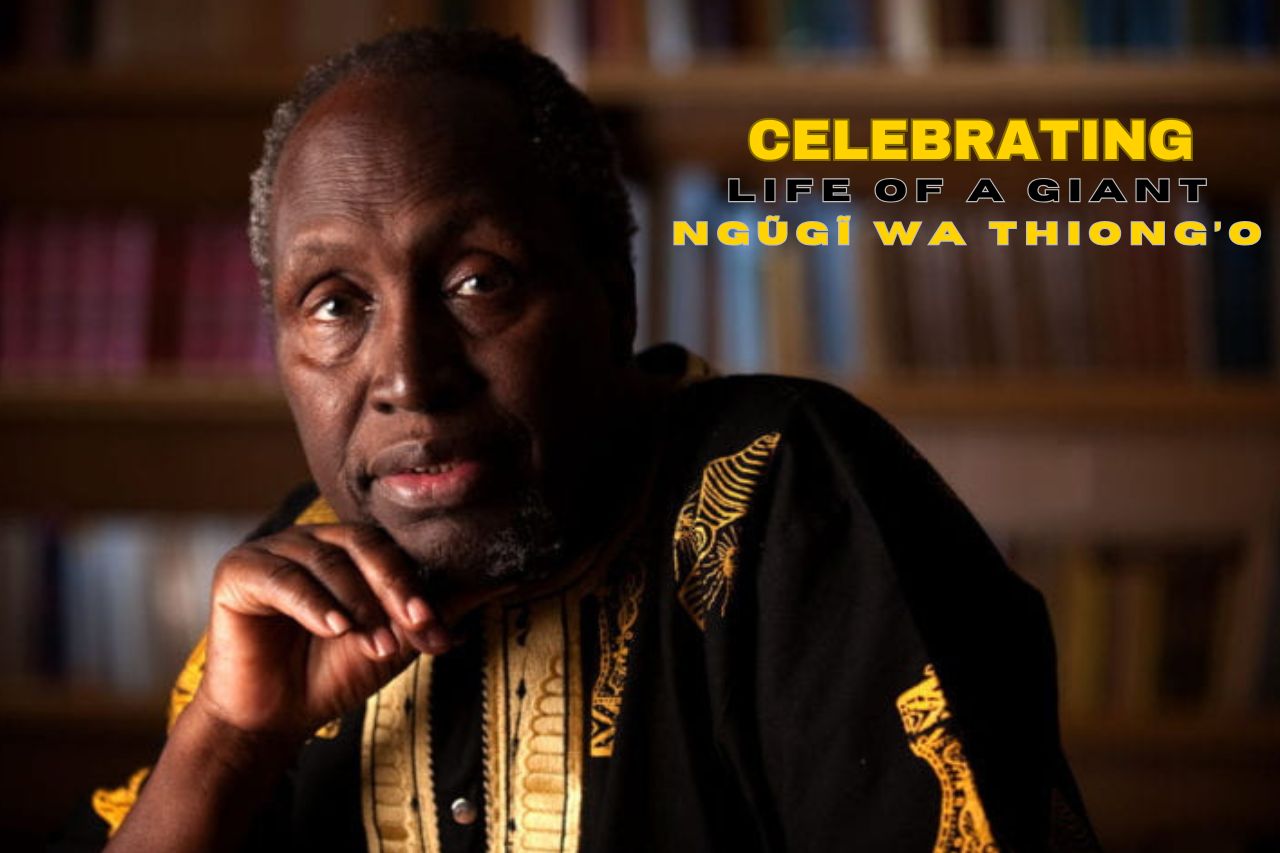
Today we take a Look at How Much Money Has the US Sent to Ukraine, a Breakdown of Aid to Ukraine and Its Impact in the Long run.
The ongoing conflict between Ukraine and Russia has drawn significant global attention, with the United States playing a pivotal role in supporting Ukraine through military, financial, and humanitarian aid. Since the full-scale invasion by Russia in February 2022, the U.S. has committed substantial funds to assist Ukraine in its fight for sovereignty. But just how much has the U.S. sent to Ukraine, and how has this aid been distributed?
The Total Amount of U.S. Aid to Ukraine
As of early 2025, the U.S. has provided approximately $69.2 billion in military assistance since Russia’s initial invasion of Ukraine in 2014. Of this, around $65.9 billion has been allocated since the start of the full-scale war in February 2022. This funding has been used to supply weapons, ammunition, and other military equipment crucial to Ukraine’s defense efforts.
In addition to military aid, the U.S. has also sent billions in financial and humanitarian assistance. Overall, total U.S. aid to Ukraine—including military, economic, and humanitarian support—has surpassed $114 billion. This aid has been directed toward stabilizing Ukraine’s economy, rebuilding infrastructure, and providing medical aid and food supplies.
Breakdown of U.S. Aid to Ukraine
The funds allocated to Ukraine have been distributed across various sectors, including:
1. Military Assistance
The bulk of U.S. aid has been dedicated to military support, which includes:
- Advanced missile defense systems (such as Patriot and NASAMS systems)
- Tanks, armored vehicles, and drones
- Ammunition and small arms
- Training for Ukrainian forces
- Intelligence-sharing to enhance battlefield strategies
This assistance has played a critical role in bolstering Ukraine’s ability to defend itself against Russian advances.
2. Financial Assistance
The U.S. has also provided direct financial support to the Ukrainian government, ensuring it can continue to function despite the economic strain caused by the war. This aid has been used for:
- Paying government salaries, including those of military personnel
- Funding social services, including pensions and healthcare
- Strengthening Ukraine’s energy sector after repeated attacks on its infrastructure
3. Humanitarian Aid
Millions of Ukrainians have been displaced due to the war. The U.S. has contributed significant funds to humanitarian efforts, which include:
- Shelter and food for displaced families
- Medical aid and hospital supplies
- Psychological support for war-affected individuals
- Reconstruction of destroyed homes and schools
Who Has Given the Most Aid to Ukraine?
While the U.S. is the largest single-country contributor to Ukraine, European nations collectively have provided more aid. The European Union and its member states have committed over €132 billion in military, financial, and humanitarian assistance. Countries like Germany, the UK, and Poland have been particularly active in supporting Ukraine, with the UK alone committing £3 billion for the next financial year.
Trump Pauses Aid to Ukraine
One of the most controversial moments in US-Ukraine relations was when former President Donald Trump temporarily paused military aid to Ukraine. The pause in aid became a focal point of his first impeachment in 2019, with accusations that he withheld assistance to pressure Ukraine into investigating political rivals. Although the aid was eventually released, this incident sparked intense political debate regarding the conditions and oversight of US foreign assistance.
A recent report from a White House official revealed that Trump also paused military aid to Ukraine after an Oval Office argument with Ukrainian President Volodymyr Zelensky. The disagreement reportedly centered around Ukraine’s expectations for continued US support and Trump’s insistence on European nations increasing their contributions. This event has reignited concerns over the potential volatility of US-Ukraine relations if Trump were to return to office.
As Trump remains a key figure in US politics, his stance on Ukraine aid continues to influence policy discussions. If he secures another term in office, there is speculation that he might reconsider US funding to Ukraine, which could significantly impact the country’s ability to sustain its defense efforts against Russia.
Ukraine’s Economic and Military Challenges
Despite significant international support, Ukraine continues to face economic hardships and battlefield challenges. The war has severely impacted Ukraine’s industrial and agricultural sectors, causing economic instability. Energy shortages and infrastructure damage have made daily life difficult for millions of Ukrainians.
On the battlefield, Ukraine remains locked in intense combat with Russian forces. The availability of U.S. military aid has been instrumental in repelling advances, but concerns remain over the sustainability of continued support. Questions such as “Who is winning the war in Ukraine?” continue to be debated, with military analysts pointing out that while Ukraine has made strategic gains, Russian forces still control significant portions of territory.
The Strategic Importance of US Aid to Ukraine
Beyond humanitarian concerns, US support for Ukraine is also rooted in strategic interests. By aiding Ukraine, the US aims to counter Russian aggression and maintain stability in Europe. A strong Ukraine is seen as a deterrent against further Russian expansion, reinforcing NATO’s security objectives.
Furthermore, aid to Ukraine serves as a signal to other nations that the US remains committed to defending democratic allies. However, ongoing discussions in Washington suggest that future aid packages may come with stricter oversight and accountability measures to ensure effective use of resources.
Abdullah Öcalan and His Unexpected Connection
The name Abdullah Öcalan has surfaced in discussions surrounding US foreign policy, particularly in relation to military aid and international alliances. Öcalan, the leader of the Kurdistan Workers’ Party (PKK), has been imprisoned in Turkey since 1999. While his situation does not directly relate to Ukraine, US-Turkey relations play a role in how military aid is distributed globally.
Turkey, a NATO member, has expressed mixed reactions to US support for Ukraine. Ankara maintains complex relations with both Washington and Moscow, balancing its commitments to NATO with economic and military ties to Russia. The Öcalan issue further complicates these relations, as US policies in the region influence broader geopolitical dynamics.
The Future of US Aid to Ukraine
As the war in Ukraine continues, questions about long-term US assistance remain. Key factors that will influence future aid include:
Public Opinion – American voters’ perspectives on foreign spending versus domestic priorities could influence policymakers’ decisions..
Political Shifts in the US – With upcoming elections, changes in leadership could affect foreign aid policies.
Congressional Approval – Funding for Ukraine depends on legislative approval, and debates over budget allocations will shape future assistance.
International Cooperation – US allies in Europe also contribute to Ukraine’s defense, and a collective approach may determine the sustainability of aid.
Did Ukraine Sign a Mineral Deal?
Another key development has been Ukraine’s strategic moves to secure its economic future. Reports suggest that Ukraine has engaged in discussions over mineral extraction deals, particularly involving its vast lithium and rare earth metal reserves. These minerals are crucial for modern technology, including electric vehicle batteries and semiconductors. If confirmed, such deals could provide Ukraine with an economic boost, reducing its reliance on foreign aid.
The Role of WhatsApp and Digital Communication During the War
Throughout the war, communication disruptions have been common. WhatsApp outages have affected users globally, highlighting the importance of secure communication channels in wartime. Ukraine has relied heavily on digital tools, including encrypted messaging services, to coordinate military efforts and keep citizens informed.
Conclusion: What’s Next for U.S. Aid to Ukraine?
The US has played a crucial role in supporting Ukraine through financial, humanitarian, and military aid. However, as political debates continue and leaders reassess priorities, the future of this support remains uncertain. With Trump’s historical pause on aid, ongoing discussions about oversight, and broader geopolitical considerations, the trajectory of US assistance to Ukraine will be a critical issue in international politics.
As the war unfolds, the US must navigate the balance between supporting Ukraine, maintaining strategic alliances, and addressing domestic policy concerns. Whether aid continues at current levels or faces reductions, its impact on Ukraine’s defense and broader global stability will be significant.





